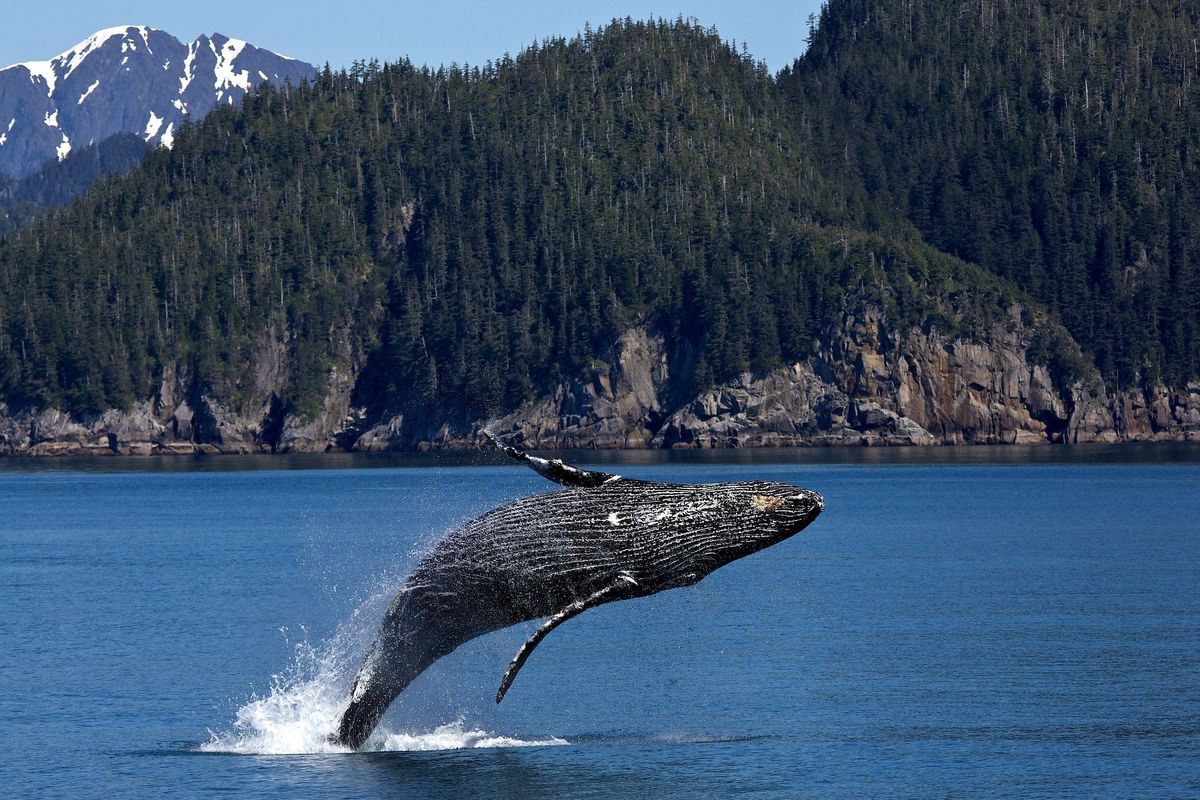Why are gray whales washing up on North America’s beaches?
The population of gray whales on the North American Pacific coast fell this year to its lowest number since the late 1960s and early 1970s.

A few minutes every morning is all you need.
Stay up to date on the world's Headlines and Human Stories. It's fun, it's factual, it's fluff-free.
Since 2019, North America’s Pacific coastline has been experiencing a gray whale problem. Or, more specifically, a dead gray whale problem. Over the past four-ish years, more than 680 dead gray whales have washed up on the western beaches of the US, Canada and Mexico. But scientists haven’t been able to figure out why this has been happening in such huge numbers. They’ve decided that there must be some “unusual mortality event” (UME) affecting the whales before they end up on the beaches. What exactly is it, though?
Gray whales are a much-loved part of the West Coast ecosystem. They can often be seen from the beach as they come up for air while migrating to different regions throughout the year – from Alaska down to Mexico and back again. Unfortunately, gray whale populations have been declining. The population of gray whales on the North American Pacific coast fell this year to its lowest number since the late 1960s and early 1970s.
"It is certainly unusual to have this many dead whales over a small time frame," Culum Brown, a professor of marine biology at Macquarie University in Australia, told Newsweek. "There is no doubt grey whales are in trouble. Their population has nearly halved in less than 10 years. These guys are migratory (moving from Alaska to California) and feed on plankton so it is difficult to pinpoint what the issue might be."
Now, scientists may have the answer to what’s behind this gray whale UME. A new study published in Science shows that changing sea temperatures are affecting the krill populations in the Arctic. As the sea becomes warmer, there’s been a pretty consistent decline in krill. Because gray whales prey on krill, they can end up starving to death as those numbers fluctuate, with their bodies washing up on shore in high numbers. No whale food = no whales.
“When you have less sea ice and fewer days of sea ice, you don't get that algae reaching the sea floor to create that productivity that the gray whales need,” explains lead study author Josh Stewart. “We know that the resources that gray whales are relying on – to feed, to make a living, to reproduce – are already heavily impacted by climate change and will continue to be increasingly impacted by climate change.”




Comments ()